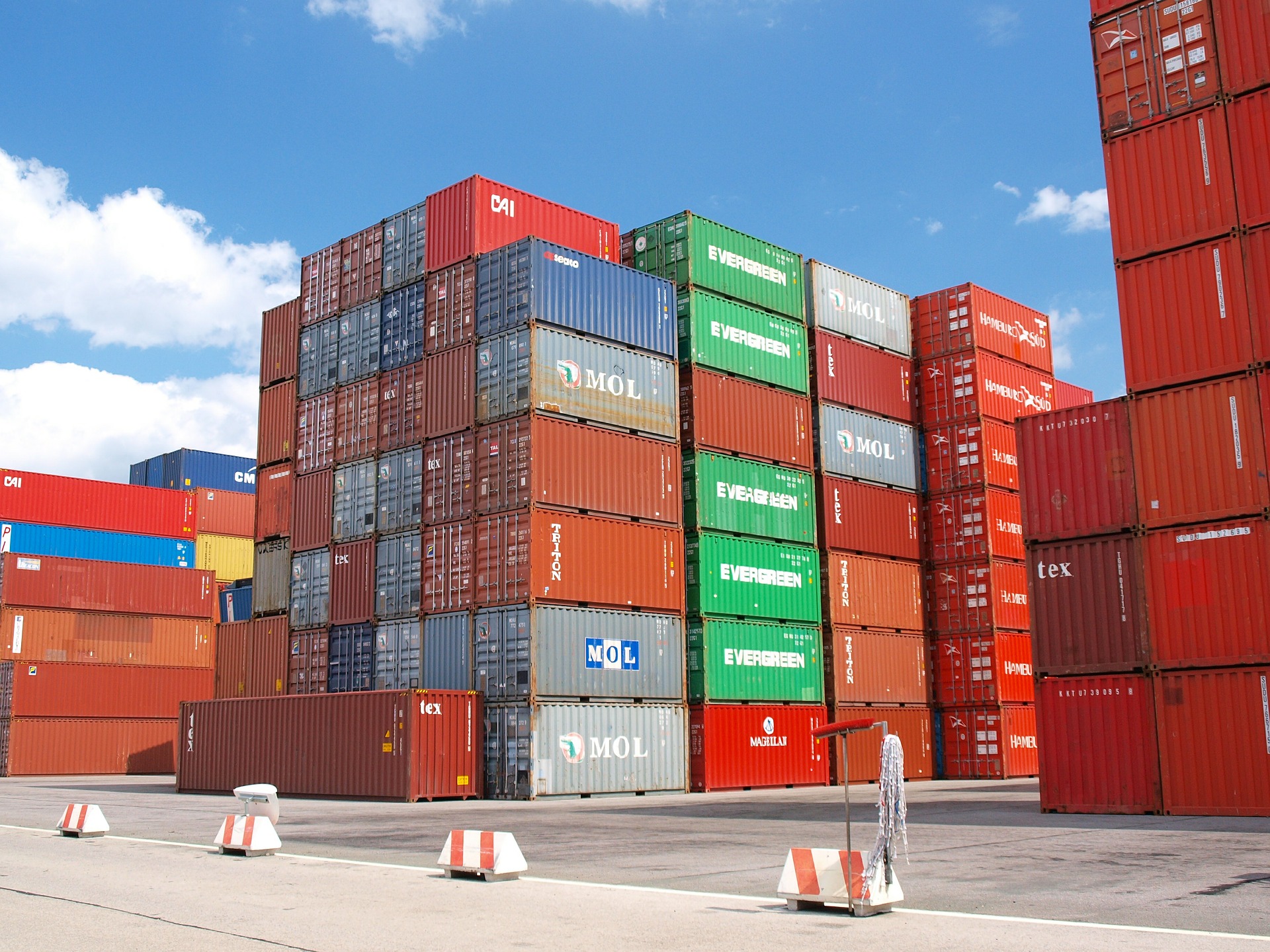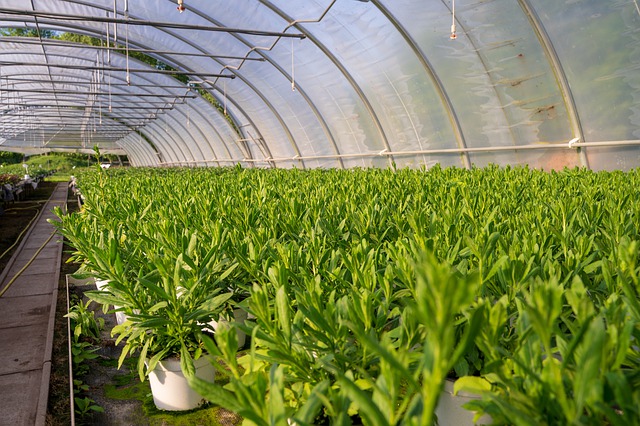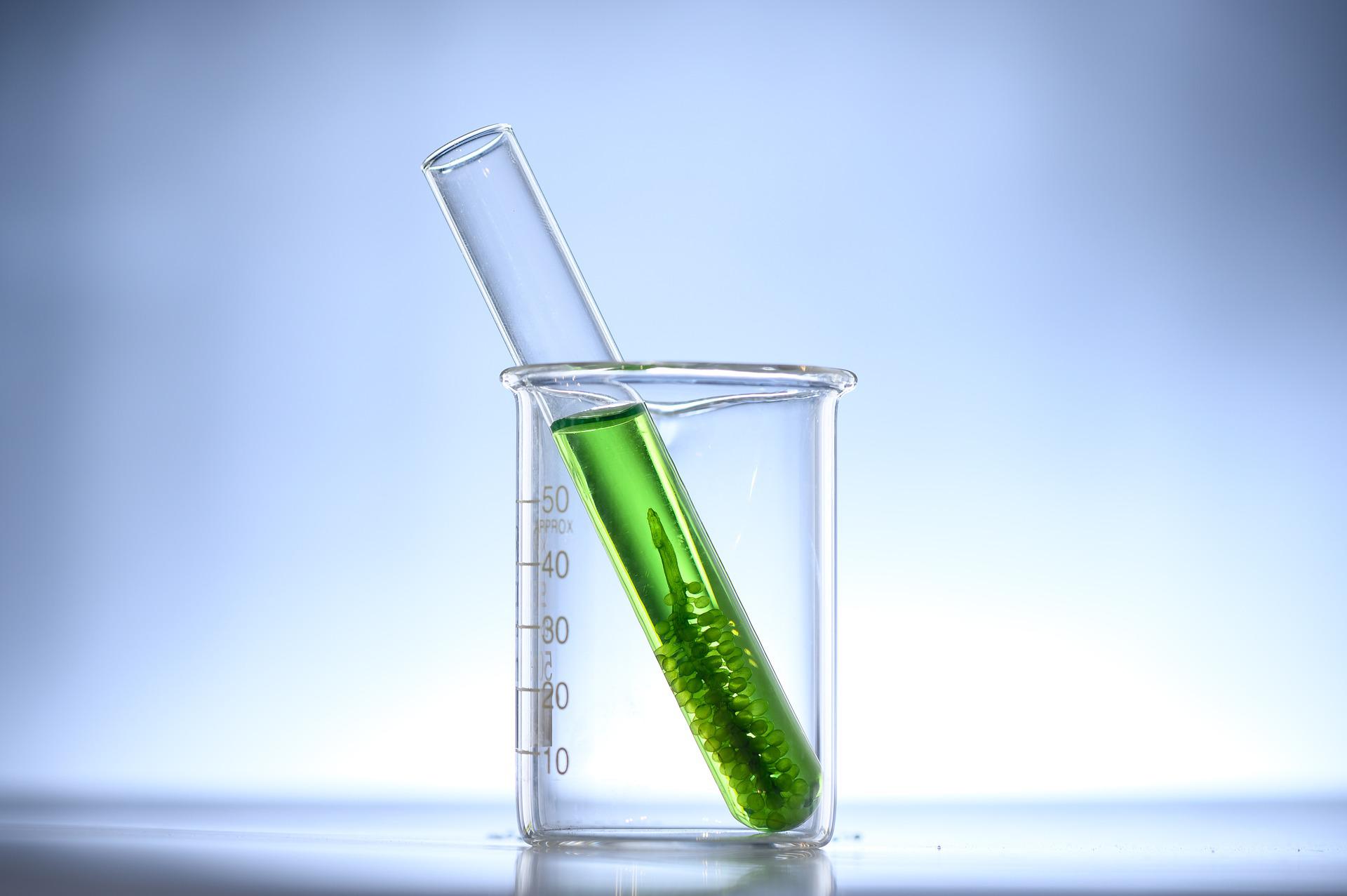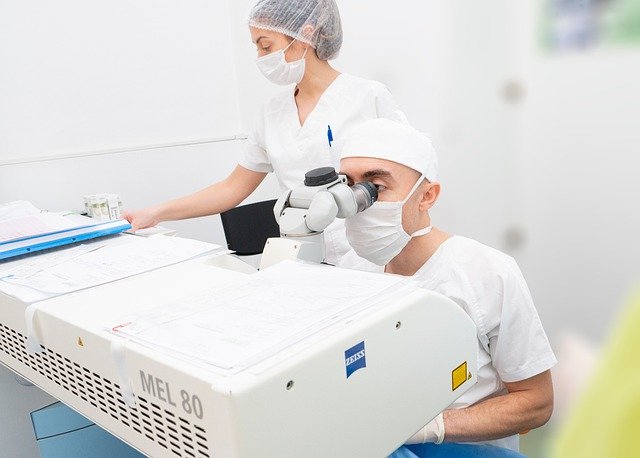

The CO2 Shortage Can Disrupt Operations for More than Just Breweries
Is there anything more refreshing than an ice cold, frothy beer? Whether out of the bottle, can, or tap, we expect our brew to be effervescent, but we don’t give much thought to the process. CO2 is commonly used in the beverage industry. Breweries rely on it to create their beverage’s bubbles, but also to move beer between tanks or to kegs and cans. Due to the recent shortage, there has been an increase in CO2 prices for most brewers. Unfortunately, some breweries cannot afford to purchase as much product and are forced to decrease production. For seasoned industry workers, CO2 shortages are nothing new. They were exacerbated due to the pandemic in 2020 and also a contamination at one of the country’s largest CO2 producers in Jackson Dome, MS.
How the Shortage is Affecting Other Industries
Food and Medical Supply Shipping
Food distributors use dry ice to transport food, as it turns from solid to gas, without liquifying. This sublimination prevents water and residue from accumulating. These blocks can be sanitary, food-grade and FDA approved. Dry ice is used for packaging meats, baby food, and other fresh foods. It’s also used for transporting sensitive medical supplies, such as vaccinations. Traditional ice packs are a substitution, but not the preferred method.

Greenhouse Growers
Greenhouses use purified CO2 to fertilize their crops and improve photosynthesis. Plants with abundant CO2 access have an advantage over those with limited supply. Growers use a process called CO2 fertilization which can significantly increase the productivity and quality of their plants. Ammonia production is key for sourcing food-grade CO2 and recent ammonia plant shutdowns have further added to the shortage. This not only affects food growers, but also the cannabis industry and nurseries. These industries rely on CO2 to produce products quickly.

Chemistry Labs
Chemistry labs use dry ice for ice baths. The low temperature of -78/79 degrees Celsius and direct sublimination make it an ideal choice. Dry ice leaves no residue, is typically cost effective and is completely non-toxic, when handled properly. These ice baths are used in a variety of experiments and when performing solvent transfers. When CO2 is in short supply, some labs use liquid nitrogen or traditional ice baths.

Medical and Industrial Lasers
CO2 lasers produce infrared light, making them some of the most useful and efficient lasers. They can be used for cutting, engraving, welding, and 3D-printing. Many advanced medical treatments now use lasers vs. traditional scalpel methods because they are more accurate and require less patient recovery time. CO2 lasers have become particularly popular for soft tissue surgery and for skin resurfacing in dermatology. Some governments have made medical CO2 availability a priority over other uses. They are closely monitoring the shortages and strive to ensure continuity of medical care. In welding and cutting, CO2 lasers can concentrate large power on a small area. They are widely used in the automotive and aircraft industries as well as for jewelry and textile cutting.

Carbon Dioxide in the Rocky Mountain Regions
Supply shortages tend to have a bigger impact than most realize. Many of our resources are used across a variety of industries. While any natural gas shortage is difficult, Rocky Mountain Air will do everything possible to ensure that you have your gas when you need it. Rocky Mountain Air is committed to serving our customers and providing innovative solutions. If you have any questions regarding carbon dioxide availability or pricing for food and beverage applications, please contact your local RMA branch in one of our five states (Colorado, Idaho, Nebraska, Utah, Wyoming) today. We look forward to serving you!



